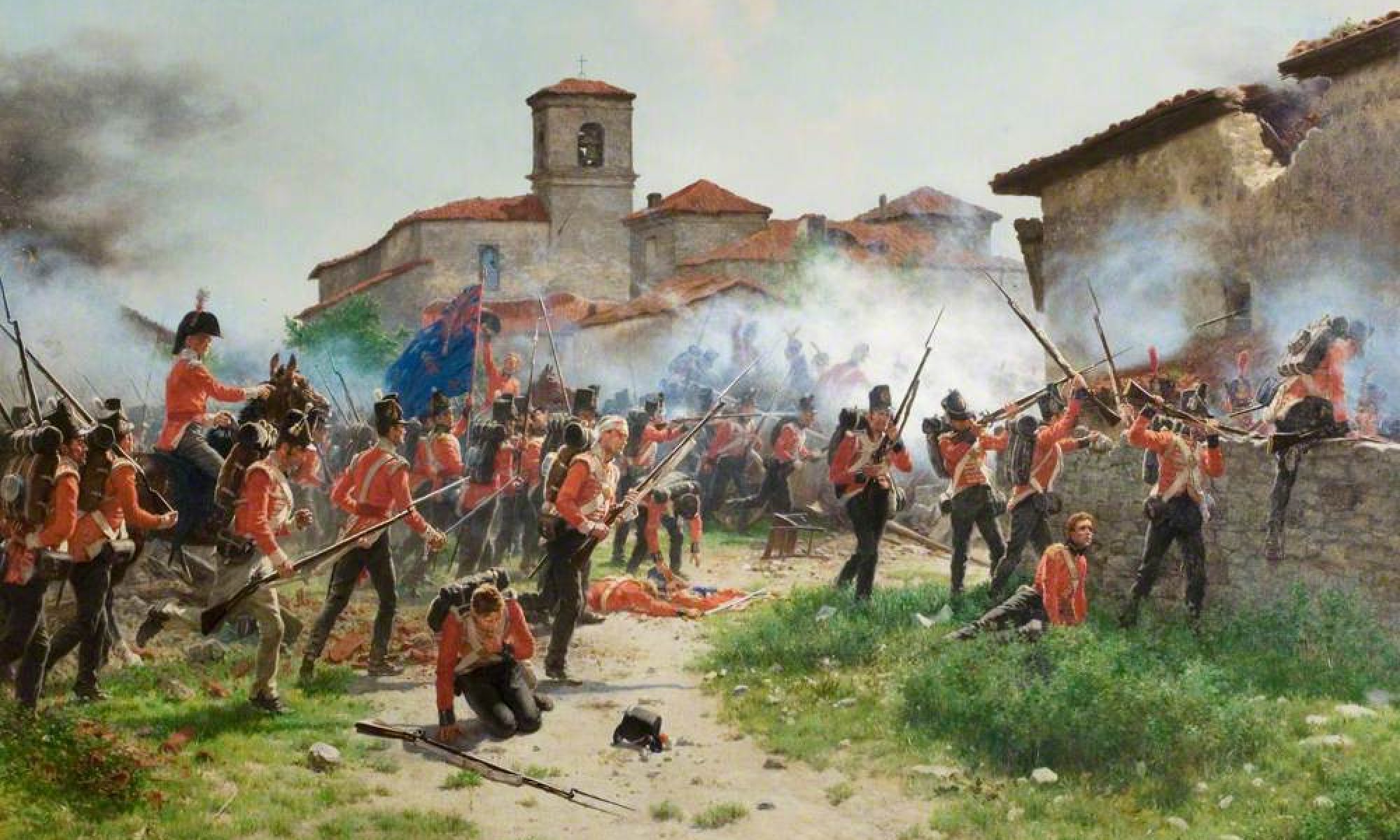Hardcover: 464 pages
Publisher: Bodley Head (6 April 2017)
Language: English
ISBN-10: 1847923046
Appearance and handling.
Visually there’s allot to like about this book. In hardback it has a nice quirky cover. Quality pages and lots of study aids in the back. 2 eight page colour image sections are rich in detail, and although there is some of the dreaded embossed gold lettering on the cover at least it is high up on the jacket. Top tip, if you want to avoid oils from your fingers rubbing this off, take the dust jacket off (which is admittedly somewhat fragile) before you read it.
The Review.
Somewhere in the Bodleian Library in 1687 a Chinese academic works studiously away, cataloging documents. He can converse in Latin and in his spare time is assisting his sponsor, Friar Philippe Couplet, in the preparation of the works of Confucius. After meeting the King he is also painted by Lely and his portrait now forms part of the Royal Collection. Shen Fuzong, popularly known as the Christian convert, was no itinerate who stumbled off a ship and into a painter’s studio with nothing but a rosary and a dream, he was a scholar and he is not only the first Chinese person to be painted but also the first recorded of his countrymen to visit Britain and meet a head of state.
When we consider the popular Euro-American conception that China is as different to most western countries as night and day, and therefore almost like visiting a different world, you might agree that the past would be equally hard to navigate. The experience of a modern person swimming through some cosmic portal and landing in Restoration Britain would perhaps not be so far removed from the experience of a Chinese Mandarin in the same century doing going by ship. The world is alien to you, people don’t even speak the same (version of the) language, and without a good guide you’re likely to end up tired, frightened, hungry and miserable trying to find a place to spend the night. Enter Professor Mortimer.
That knowing looking cove in the wide brimmed felt hat on the back cover is the man in question. Trust an less well versed time traveller, when he tells you; Mortimer’s the man to ask about time travel, not just where to go and what to see, but how to get around, how much to spend on souvenirs and the like, and how to stay out of trouble. Top tip, be careful about the link-boys, but I’ll let the Proff fill you in about them.
Taking as a premise the idea that the concept of time travel is possible unlocks many doors. Passageways of the imagination. Many people think that imagination and history don’t mix except in historical fiction, a conception that is just a stones-throw away from saying that history never happened as a reality and that it’s just words on a page. But to deploy an favourite observation of mine, drawn from the author of this book, yesterday is literally the past. It’s as much history as something that happened thousands of years ago. Relatively speaking the only difference between an event that took place last week, and one that happened in antiquity is that we can theoretically still ask someone about the experience they had last week.
Strip imagination away from the history, or accept that the words on the page speak about something untouchable and arbitrary is to deny the concept of continuation. That is why Ian Mortimer’s Books are so brilliant. Not because they bring the past back to life, but because they prove that there was once life in the past. This is one of the great lessons of the Time Traveller series, but there’s more. The past is a foreign country, we’ve been through that, but it is a foreign country within the limits of our own physical universe. We indeed are always living in the past from a physical point of view, we’ve been drinking the same recycled water and looking up at the same sun and moon for centuries.
What this means, as is demonstrated in the book, is that though the past is always foreign, it is also human. Well might the modern intellectual scoff at the cruelty and barbarism, the racist mindsets, the bigotry and the narrow mindedness of the past. We are far more enlightened now, the contemporary reader might say, but everything, even the most unpalatable facets of human thought was modern once. Who indeed is to say we will not be judged by generations to come for something we consider quite normal? For we most certainly will be the objects of their curiosity. What will make us relatable is our humanity. Flashes of similarity, love, grief, pain, happiness and compassion are evident everywhere in this book. It is what inspires them that is strange.
How queer, we might think, that the common 17th century islander has no appreciation of the beauty of unsterilised nature, as we stare at the same view through the screens of our digital age devices. Tools we will proudly declare we could not live without, and are driven to distraction when they run out of battery or fail us.
Some people nowadays say that China is as different from the west as night is to day. But step back a moment and you realise that the fabric separating the two is as thin as a sheet of tracing paper. It’s the same with the past.
The Time Traveller’s Guide to Restoration Britain maintains the high standard of the series, with Mortimer’s usual verve and humour. An eye opening tour that thoughtfully opens up, not a world lost, but a world gone by.
Josh.

